Pilot Programme on Deep Sea Mining - NTNU Oceans
NTNU Oceans pilot programme on deep-sea mining
New solutions for evaluation, exploration and extraction of sea-based minerals under societal responsibility for the environment and the international heritage of mankind
Ongoing projects
Autonomous exploration
Autonomous exploration
There are approximately ten known submerged massive sulphide (SMS) sites
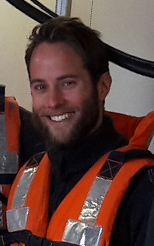
along the Arctic Mid Ocean Ridge (AMOR). Additional sites has been identified as being favorable for new discoveries. The project will employ autonomous underwater vehicles (AUVs) to survey these areas for potential sites to take drill samples. While large-scale modeling and analysis can identify favorable locations, mapping them in detail is time-consuming and can benefit from improved autonomy in path planning.
This project will investigate the application of multivariate analysis to the combined sensor data from the AUV to identify favorable regions in-situ. Building on this interpretation and data fusion, the search pattern can be optimized online to maximize the information gain given constraints on time and energy. This not only involves the decision of which areas to cover, but also how to cover them. The underwater hyperspectral imager (UHI), for example, is a valuable new resource for data gathering, but also has different operating constraints than a side-scan sonar – as it needs to be closer to the seabed. This work is part of the Marmine project.
Contact: Professor Martin Ludvigsen; PhD candidate Øystein Sture
Environmental aspects of deep sea mining
Environmental aspects of deep sea mining
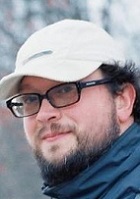
Deep-sea mining is an emerging human activity potentially having an impact on biogeochemical and ecological processes on the seafloor.
One project aims at developing a conceptual model on sediment-water interactions in SMS zones, as well as at improving and adapting existing biogeochemical models of benthic interactions under deep-sea mining conditions.
Contact: Associate Professor Murat Van Ardelan; Post-doc Dmitry Shcherbin
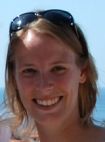
The other project focuses on another major environmental concern being the generation of plumes near the seabed and in the water column. Sediment from these plumes may accumulate on the seabed, choking suspension feeders and burying seabed animals. This project aims to estimate the impacts of such plumes on the benthos. The results may be used in future environmental impact assessments for deep-sea mining, and in the development of policy for environmental management.
Contact: Associate Professor Murat Van Ardelan; Post-doc Jennifer Durden (finished)
Both studies will contribute to the establishment of guidelines for exploration and exploiting activities at deep-sea mineral deposits.
Geophysical Exploration
Geophysical Exploration
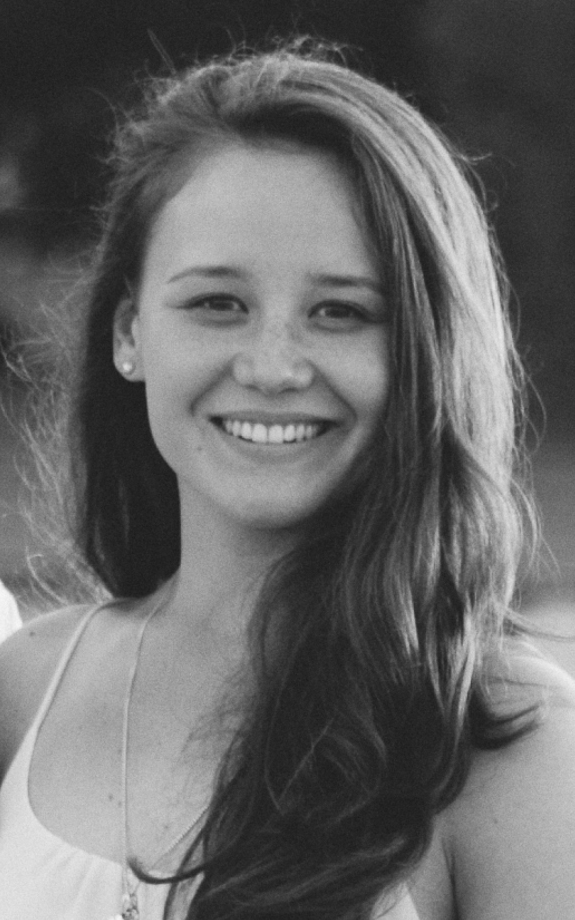
The oil industry has during the last decades developed sophisticated and successful methods and workflows for advanced geophysical exploration of oil and gas.
These methods can potentially give effective tools for marine mineral exploration through adjustments in acquisition, processing and interpretation techniques.In this project, the necessary adjustments will be studied and tested. In addition, new exploration methods and work flows will be developed.
The focus of this study will be on methods for direct resource detection and on technology with a minimum impact on the marine environment.
Contact: Professor Ståle Emil Johansen; PhD candidate Anna Lim
Motor drives for seafloor mining
Motor drives for seafloor mining

Adaptive and Sensorless -Torque Control Methods for Multiphase Permanent Magnet Synchronous Machines used in Seafloor Mining
Electric motor drives are the workhorses inside the state-of-the-art seafloor mining equipment. Thus, their reliable and predictable performance is imperative for the productivity and profitability of seafloor mining. The 6-phase, mechanical sensorless interior permanent magnet synchronous motor (IPMSM) drives will be the general focus of my research. Replacing the mechanical shaft sensor with a virtual sensor (estimator/observer) will increase the overall system reliability while the multiple sets of 3-phases are expected to increase the system availability.
The motor parameters as such as winding resistances and magnet field strengths are sensitive to atmospheric temperature, which can vary unprecedentedly in seafloor mining environments. The varying parameters indicate the aging of the machine and influence the motor controller performance. The methods to identify such temperature-sensitive parameters online without additional sensors and adapt the torque control accordingly is also part of my research.
All these concepts are first validated using offline simulation tools (Matlab/Simulink). An Embedded Real-Time Simulator has also been developed using a Zynq System-on-Chip to validate the control and estimation algorithms real-time. Finally the concepts shall be validated using a 3-phase and 6-phase IPMSM drive lab setup.
Contact: PhD candidate Aravinda Perera
Resource geology
Resource geology
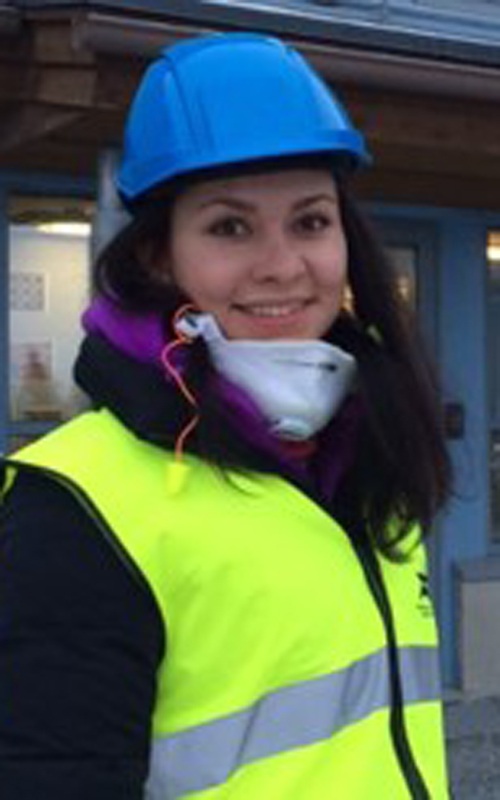
The study of inactive as well as active ridge segments that are formed at slow and fast spreading rates and the estimation of consequences these have had on the grade, tonnages and ore-metal distribution of marine Cu-Zn-Cu-Au-PGE deposits.
The study will be based on sampling of onshore deposits at appropriate localities and on submarine samples from the ocean basins.
Contact: Professor Rune Berg-Edland Larsen; PhD candidate Anna Pryadunenko
Vertical transportation
Vertical transportation
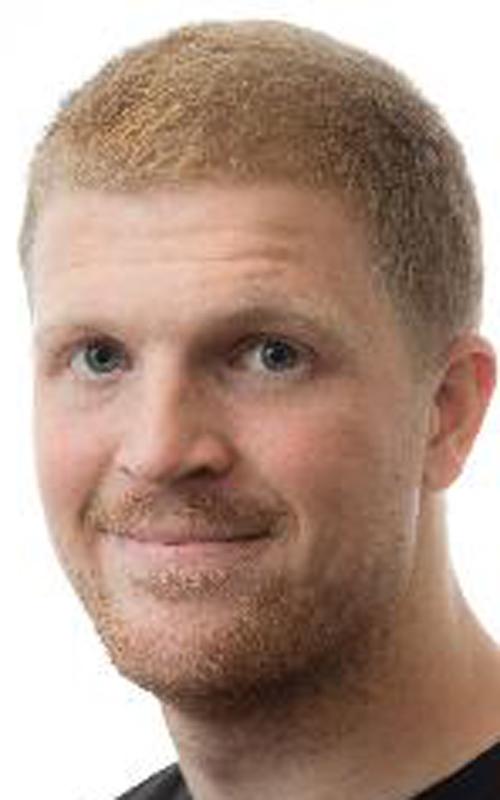
Offshore mining will include mining equipment deployed on the seafloor and may be connected to a flexible hose and a rigid riser for vertical transport. Alternative vertical transport systems include mechanical, airlift and hydraulic systems.
One project focuses on the dynamic behaviour of the vertical riser as a critical element that will govern the weather limitations and costs of such operations. At large water depths vertical instabilities may occur as a result of the flow conditions in combination with other loads from ship motions, ocean waves and vortex induced shedding.This PhD project focuses on how the flow conditions can be modelled in sufficient detail to enable time domain simulations where all these effects can be captured. PhD candidate Tor Huse Knudsen

A second project focuses on the development of numerical tools for simulating deep sea mining riser operations. This includes finite element (FEM) modeling of the structure, an empirical model for the external hydrodynamic loads, and a 1D multiphase flow model for the internal flow.
Such a simulation tool can be used to predict the dynamic behavior of the riser, including time varying stresses and fatigue damage, and may therefore be used to design safe structures for deep sea mining. Part of the MOVE Center for Research-based Innovation. Post-doc Mats Jørgen Thorsen.

Dynamic pipe flow modelling for Ocean Mining Lift System is a third vertical transport project. This research work aims to develop the 1D dynamic pipe flow model for the transport of minerals from sea bed to the sea surface.
The developed model can be used to predict the pressure drop, local particle concentration and bed layer formation along the mining riser. Flow model will be extended to study the feasibility of the gas lift system for deep sea mining application. These models will be improved by using lab scale experiment al data.
Post-doc Niranjan Reddy Challabotla
Contact: Professor Svein Sævik
Ethical aspects of deep sea mining
Ethical aspects of deep sea mining
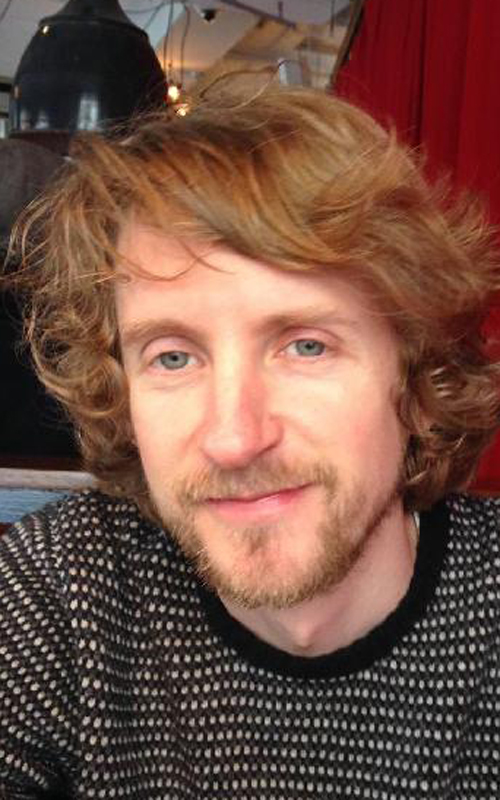
This project discusses ethical aspects of deep sea mining, which is the process of retrieving mineral deposits from the ocean floor at great depths. The aim is to provide knowledge needed to make ethically responsible decisions with regard to deep sea mining and other activities involving environmental risk.
For instance, we look at the question of the need for minerals. Is there a morally significant need for the minerals one seeks to attain from the ocean floor? What kind of needs does society have an obligation or reason to meet? What other moral considerations must the need for minerals be viewed in relation to? Answering these questions will make us better able to evaluate whether deep sea mining should be supported from an ethical point of view.
Contact:
Postdoctoral researcher Espen Dyrnes Stabell; Associate professor Siri Granum Carson
Naval engineering
Naval engineering

Like in the offshore industry, deep-sea mining will require special vessels with unique functionality to cover the stakeholder needs.
This PhD position will explore marine system concepts for deep-sea mining, with an emphasis on understanding functional requirements of the vessel and payload systems, the vessel operating profile, high-level system architecture and cost structures. This requires knowledge of the technical basis of naval architecture, as well as methods for systems design. Additionally, to ensure that commercially, operationally and technically viable concepts are investigated, a value chain perspective is needed, encompassing the deep-sea mining operations, as well as the logistics, processing and downstream activities like distribution and sales.
In order to generate solutions that are viable under varying and uncertain external conditions, an important part of the work is handling future uncertainty in the market state, physical operating environment (weather conditions and water depth) and the corresponding system requirements.
Contact: Professor Bjørn Egil Asbjørnslett; PhD candidate: Astrid V. Solheim
Completed Projects
Deep sea mining systems
Deep sea mining systems

The mining systems project focuses on technological aspects related to the marine mineral extraction on the deep ocean floor. Given deposit descriptions in terms of size geometry, mechanical properties and mineralogy the following will be considered:
- review and assessment of existing and non-conventional extraction methods
- technical and economic feasibility of the above mentioned
Following a holistic approach to the mining system various technologies and mining equipment will be selected for the setup of a pilot-plan setup.This project will interface with the projects for Vertical transportation and Energy supply. Area of research include mechanical engineering, mechatronics and automation both for topside and subsea equipment. This work is part of the Marmine project.
Contact: Associate professor Steinar Løve Ellefmo; PhD candidate Maxime Lesage
Detection of seafloor minerals based on spectral signatures
Detection of seafloor minerals based on spectral signatures
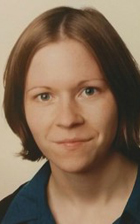
Underwater Hyperspectral Imaging (UHI) will be tested for its application in seafloor mineral mapping. Through their spectral signatures, this technology allows us to identify and classify different types of minerals.
NTNU’s contribution to the Horizon2020 Blue Mining project involves the development of an automated image analysis system for seafloor manganese nodules and massive sulfides. Data are acquired with the first deep-sea UHI sensor and used to develop a classification method optimized for seafloor minerals.
Contact: Post-doc Ines Dumke (finished)
History of subsea mining - legal aspects
History of subsea mining - legal aspects
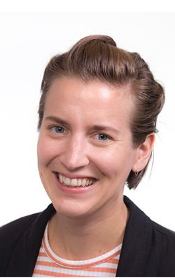
This PhD-project will be targeted on the development of the international laws, regulations and state of technologies that are relevant for subsea mining through the last 50-60 years. It will focus on selected critical issues and aim to understand the position of different groups of nations and how they develop and change over time. Of particularly importance will be the concept of Common heritage, the relation to environmental issues and how changes in subsea mining technology influence society.
The strength of an historical study will be to study the changes that have taken place during the last half century with regard to values, interests and possibilities, how they came about and how they influenced the law of the sea. The policies and strategies of the different states and NGOs during the negotiations will be of interest. Of particular importance will be to study the Norwegian government and Parliament strategies and decisions compared to other states.
Contact: Professor Håkon With Andersen; PhD candidate Tirza Meyer
Mineral and ore characterisation
Mineral and ore characterisation
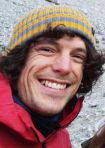
Detailed and accurate ore characterisation is necessary to maximise the efficiency of deposit identification, resource extraction, mineral processing and waste management. Through various petrographical methods, identification and description of deposit lithologies will provide information for compositional, textural, mineral liberation and processing considerations.
This work is part of the Marmine project, and the data generated will directly feed in to other work packages, such as the Deep sea mining systems, and Mineral processing options. Contrasting pre- and post-processing material will track the effectiveness of utilised mineral refinement techniques, improving process methodology, whilst rock mass characterisation will inform extraction and pit design considerations.
Contact: Associate Professor Kurt Aasly; Post-doc Ben Snook

Mineral chemistry and textures may serve as fingerprints for the ore-forming processes. Detailed investigation of ore minerals and cogenetic, non-economic minerals can provide insights into the fundamental processes governing the formation of seafloor massive sulfide deposits in slow spreading ridges, including metal source(s) and fluid evolution. This may provide additional information to the search for onshore analogues. Also, the concentration and distribution of low grade precious and critical elements is important for identifying potential byproducts
Contact: Associate Professor Kurt Aasly; Post-doc Kristian Drivenes
Platform development
Platform development
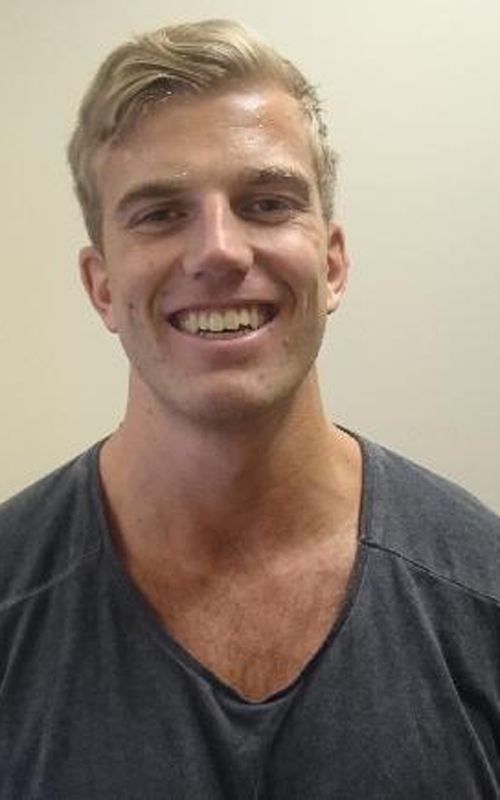
Contact: Professor Ingrid Schjølberg; PhD candidate Ole Alexander Eidsvik
Resource assessment
Resource assessment
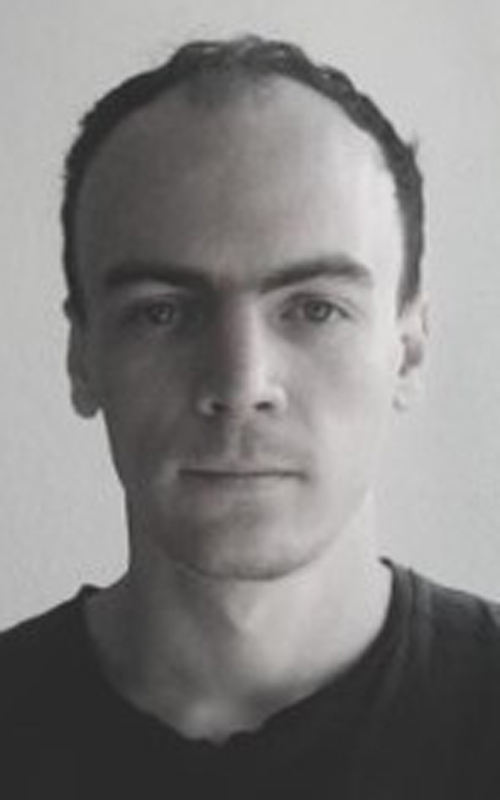
The assessment of undiscovered mineral resource potential in the mid-Atlantic ridge (MAR) area which falls within Norwegian jurisdiction, using play analysis. The candidate will contribute in a further development of the assessment methodology and is also expected to apply this to selected commodities and ore deposit types on the Norwegian mainland.
The goal is to increase the level of understanding on how the play analysis and quantitative techniques can be used to assess the mineral potential of marine and onshore mineral deposits.
Contact: Associate professor Steinar Løve Ellefmo; PhD candidate Cyril Juliani
Ethics and social responsibility
Ethics and social responsibility

The focus of this study will be on normative questions involved in the development of new technology in general, and within deep sea mining in particular. Possible angles include:
- Corporate social responsibility in situations where companies are involved in the development of socially and environmentally controversial technology.
- Responsible research and innovation as a way to address social and environmental challenges in research initiatives.
- Research ethics in the broad sense, in other words the responsibility of researchers and research institutions for the social and environmental consequences of application of the research.
Contact: Associate professor Siri Granum Carson and Professor Bjørn Kåre Myskja; PhD candidate Espen Dyrnes Stabell
Publications
Journal articles
Journal articles
Juliani, Cyril Jerome; Ellefmo, Steinar Løve Multi-scale Quantitative Risk Analysis of Seabed Minerals: Principles and Application to Seafloor Massive Sulfide Prospects. Natural Resources Research 2019 (1520-7439) Vol. 28 (3), s. 909-930
Juliani, Cyril Jerome Automated discrimination of fault scarps along an Arctic mid-ocean ridge using neural networks. Computers & Geosciences 2019 (0098-3004) Vol. 124, s. 27-36
Juliani, Cyril Jerome; Ellefmo, Steinar Løve Prospectivity Mapping of Mineral Deposits in Northern Norway Using Radial Basis Function Neural Networks. Minerals 2019 (2075-163X) Vol. 9 (2), s. 1-15
Dumke, Ines; Ludvigsen, Martin; Ellefmo, Steinar Løve; Søreide, Fredrik; Johnsen, Geir; Murton, Bramley J. Underwater Hyperspectral Imaging Using a Stationary Platform in the Trans-Atlantic Geotraverse Hydrothermal Field. IEEE Transactions on Geoscience and Remote Sensing 2018 (0196-2892) Vol. 57 (5), s. 2947-2962
Dumke, Ines; Nornes, Stein Melvær; Purser, Autun; Marcon, Yann; Ludvigsen, Martin; Ellefmo, Steinar Løve; Johnsen, Geir; Søreide, Fredrik First hyperspectral imaging survey of the deep seafloor: High-resolution mapping of manganese nodules. Remote Sensing of Environment 2018 (0034-4257) Vol. 209, s. 19-30
Dumke, Ines; Purser, Autun; Marcon, Yann; Nornes, Stein Melvær; Johnsen, Geir; Ludvigsen, Martin; Søreide, Fredrik Underwater hyperspectral imaging as an in situ taxonomic tool for deep-sea megafauna. Scientific Reports 2018 (2045-2322) Vol. 8 (1)
Lesage, Maxime; Juliani, Cyril Jerome; Ellefmo, Steinar Løve Economic block model development for mining seafloor massive sulfides. Minerals 2018 (2075-163X) Vol. 8 (10), s. 1-27
Juliani, Cyril Jerome; Ellefmo, Steinar Løve Probabilistic estimates of permissive areas for undiscovered seafloor massive sulfide deposits on an Arctic Mid-Ocean Ridge. Ore Geology Reviews 2018 (0169-1368) Vol. 95, s. 917-930
Stabell, Espen Dyrnes. 2021. Arguments from Need in Natural Resource Debates. Ethics, Policy and Environment.
Stabell, Espen Dyrnes. 2021. Hard Environmental Choices: Comparability, Justification, and the Argument from Moral Identity. Environmental Values. Volum 30(1) s. 111-130.
Stabell, Espen Dyrnes. 2019. Existence Value, Preference Satisfaction, and the Ethics of Species Extinction. Environmental Ethics vol. 41(2).
Stabell, Espen Dyrnes; Steel, Daniel. 2018. Precaution and Fairness: A Framework for Distributing Costs of Protection from Environmental Risks. Journal of Agricultural and Environmental Ethics; Volume 31.(1) s. 55-71 (2018).
Conferences
Conferences
Pryadunenko, Anna; Nilsson, Lars Petter; B. Larsen, Rune Geochemistry of the Feragen ultramafic body, Central Norway. Nordic Geological Winter Meeting 2017, 2018-01-09 - 2018-12-12
Drivenes, Kristian; Sørensen, Bjørn Eske; Snook, Ben; Aasly, Kurt Microtexture mineral analyses – a preparatory stage in SMS mineral processing . Underwater Mining Conference 2018 2018, 2018-09-10 - 2018-09-14
Lim, Anna AUV-based exploration for seabed mineral resources: Mid-Ocean Ridges in a new perspective. Seabed Mapping and Inspection Conference 2018, 2018-02-07 - 2018-02-09
Kowalczuk, Przemyslaw; Hahn, Klaus M.; Snook, Ben; Lennartz, Jutta; Kleiv, Rolf Arne; Aasly, Kurt Application of X-ray transmission sensor-based sorting for preconcentration of seafloor massive sulphide rock samples from the Loki’s Castle area at the Arctic Mid-Ocean Ridge.International Mineral Processing Congress IMPC2018 2018, 2018-09-15 - 2018-09-21
Pryadunenko, Anna; B. Larsen, Rune; Nilsson, Lars Petter Geochemical characteristics of replacive dunites in the upper mantle section of the dismembered Ferragen-Raudhammeren ophiolite body, Central Norway. NGF Vintermøtet, Oslo 2017, 2017-01-09 - 2017-01-11
Ellefmo, Steinar Løve; Sinding-Larsen, Richard; Juliani, Cyril Jerome; Lesage, Maxime; Frimanslund, Erik Kristian Thon Uncertainty management and project commerciality evaluation in deep-sea mining . 46th Underwater Mining Conference 2017 2017, 2017-09-25 - 2017-09-26
Reports
Reports
Lim, Anna Cruise Report: Mid-Atlantic Ridge 44N August-September 2017. 2017, 35 ss.
Ludvigsen, Martin; Aasly, Kurt; Ellefmo, Steinar Løve; Hilário, Ana; Ramirez-Llodra, Eva; Søreide, Fredrik Xander; Falcon-Suarez, Ismael; Juliani, Cyril Jerome; Kieswetter, Amanda; Lim, Anna mfl. NTNU Cruise reports 2016 no 1 - MarMine cruise report Arctic Mid-Ocean Ridge 15.08.2016 - 05.09.2016. 2016, 120 ss.

